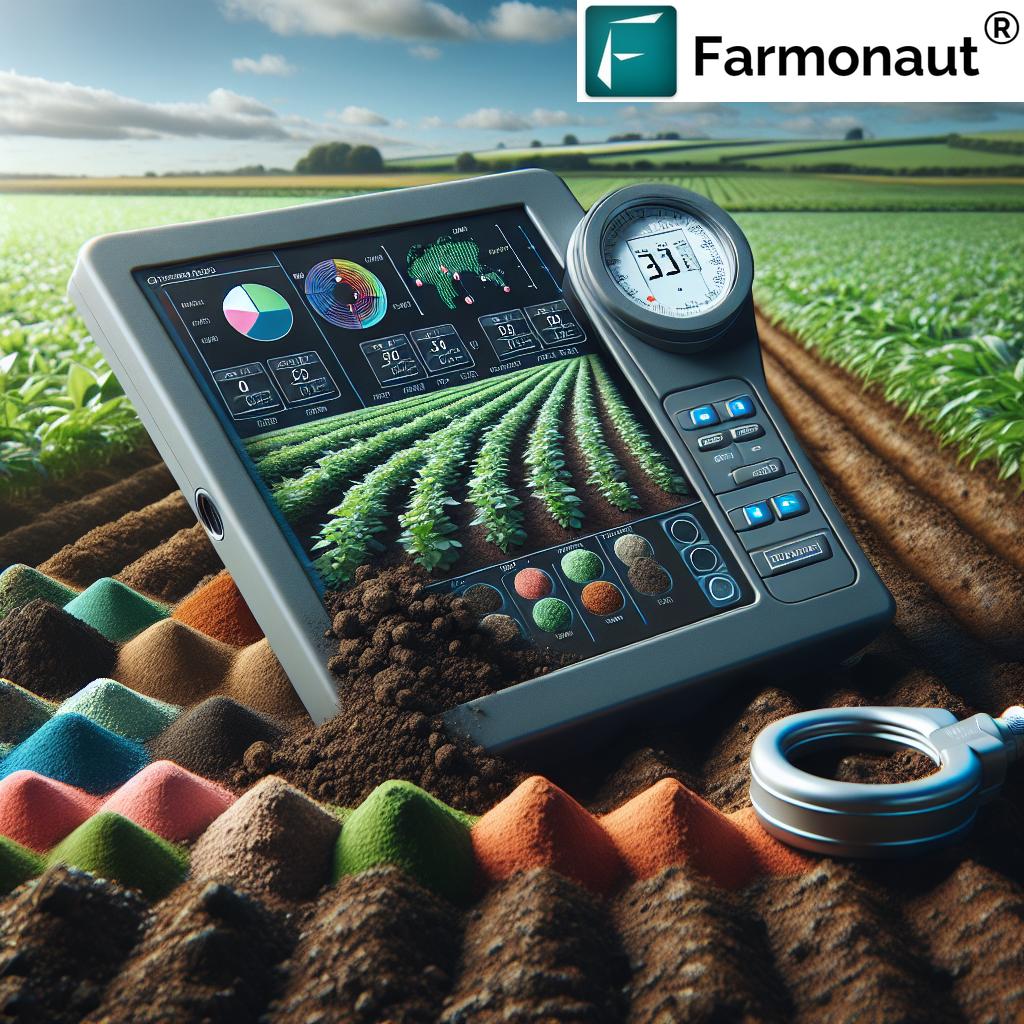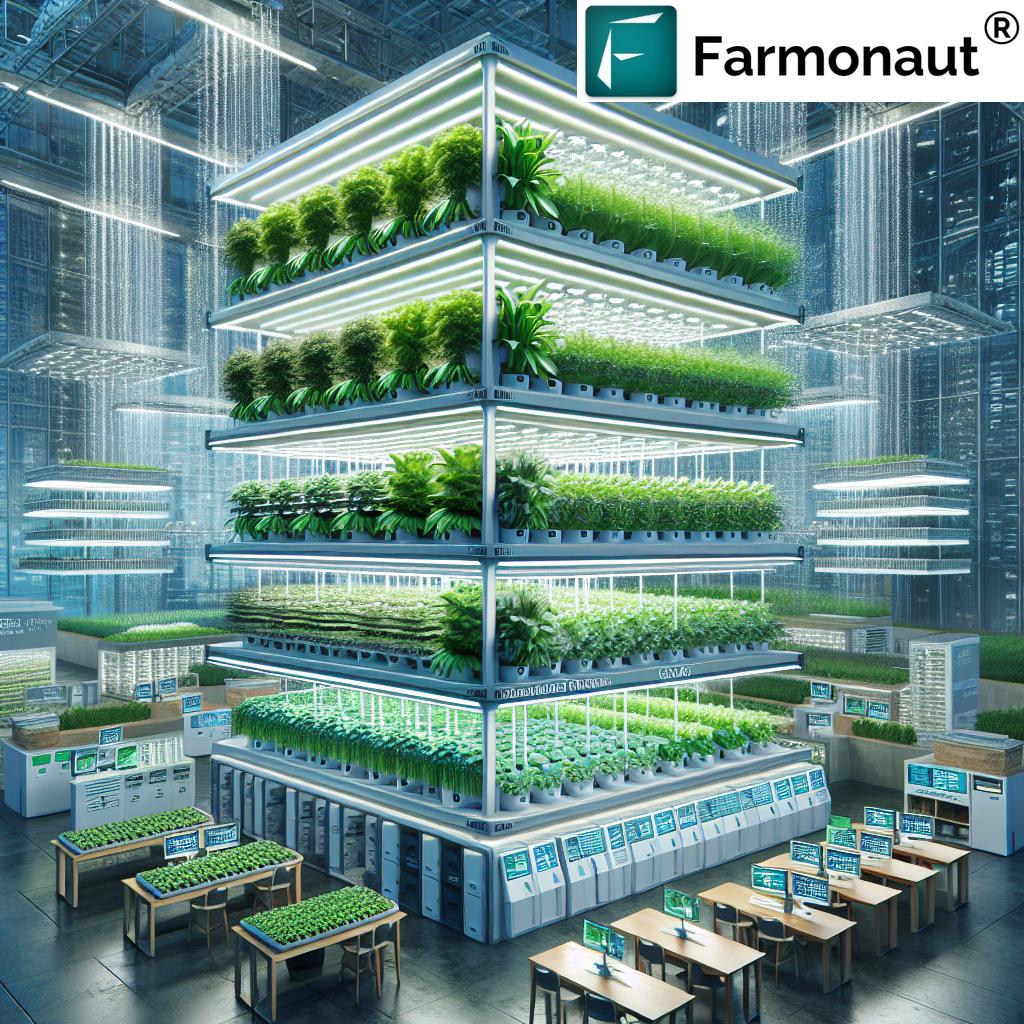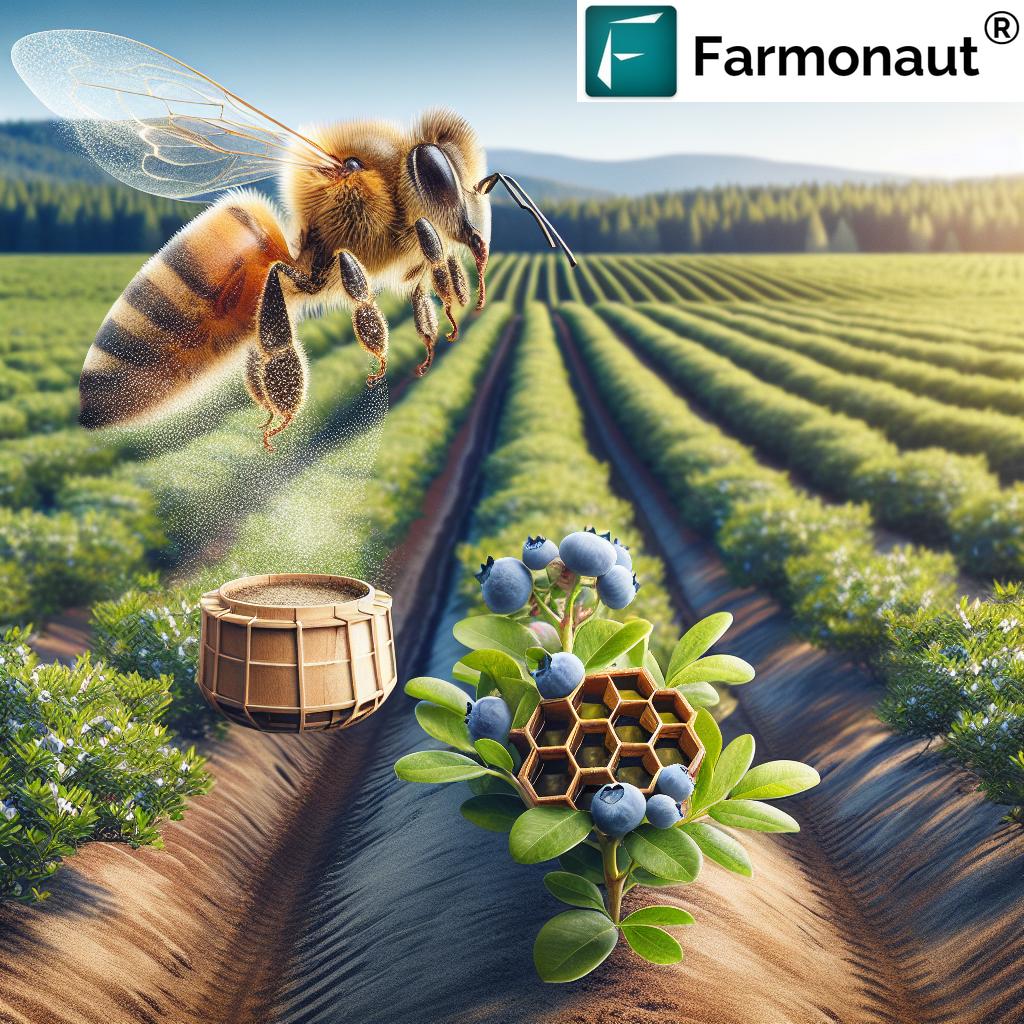Drone Farming Market 2025: Drone in Farming Trends Revolutionizing Agriculture
The drone farming market is on the brink of a revolutionary transformation as we move into 2025 and beyond. From the vast wheat fields of Saskatchewan to the dense rainforests of Brazil and the bustling farmlands of India, drone in farming is shifting the farming market by integrating unmatched efficiencies, optimizing resource management, and fostering sustainable agricultural practices. Drones, also known as Unmanned Aerial Vehicles (UAVs), are now pivotal tools in the global push towards food security, environmental stewardship, and the modern digital farm.
As technology, data, and AI continue to blend seamlessly with traditional farming methods, drone for farming is no longer a futuristic concept—it’s the current reality for farmers, forestry managers, and agribusinesses aiming to enhance productivity, reduce costs, and promote sustainability at scale.
Introduction: Drone Farming Market Landscape in 2025
The agricultural world is witnessing a dramatic shift. The integration of drone technology in agriculture, commonly referred to as drone farming, is at the epicenter, transforming everything from crop monitoring to large-scale forest management. As of 2025, the drone farming market is poised to exceed $6 billion globally, growing at a CAGR north of 20%, according to market outlooks.
What has fueled this significant growth? It’s a combination of rising demand for increased yields, efficient resource usage, and the need to implement sustainable and precision-driven methods through accessible technology. The global farming sector has witnessed major technological advancements making drones more affordable, easy to deploy, and integrated with powerful AI-driven analytics.
Technology & Innovation: Trends Shaping Drone in Farming in 2025
technology and innovation are the lifeblood of the drone in farming movement. Unmanned Aerial Vehicles (UAVs) are now equipped with advanced sensors, high-definition cameras, GPS, and powerful data processing systems. Their integration is transforming traditional agricultural practices and fast-tracking market farming towards the next era of precision and sustainability.
- Autonomous Operation: In 2025, many drones operate with limited human input, autonomously following pre-programmed routes or making real-time decisions based on sensor data.
- Multi-Sensor Payloads: Drones now carry multispectral, thermal, and even hyperspectral cameras, enabling the detection of everything from pest infestations to irrigation leaks in vast fields.
- AI & Machine Learning: Drone data is analyzed by sophisticated AI algorithms to uncover actionable insights for farmers.
- IoT Integration: Drones are often part of a larger IoT ecosystem, linking field sensors, weather stations, and agricultural machinery for a fully digitized farm management platform.
- Affordability & Accessibility: As production scales, drones are becoming more affordable, making adoption feasible for small and medium-sized farmers worldwide.
These innovations ensure farmers and forestry managers can respond quickly to changing crop and land conditions, boosting yields while minimizing waste.
Drone Farming Market Trends & Projections 2025
| Trend / Technology | Estimated Market Size (2025, USD billions) | Projected Adoption Rate (% of farms/forests) | Main Applications | Notable Benefits |
|---|---|---|---|---|
| Autonomous Drones | $2.4 | 45% | Crop monitoring, precision mapping | Labor cost reduction, real-time response |
| AI-Driven Analysis | $1.5 | 50% | Data analytics, yield estimation, predictive maintenance | Higher yields, strategic planning, risk reduction |
| Multi-Sensor Payloads | $1.2 | 38% | Multispectral & thermal imaging, health diagnostics | Better crop health, early issue detection |
| Precision Spraying | $0.7 | 33% | Targeted application of fertilizers/pesticides | Resource saving, reduced environmental impact |
| Real-Time Data Integration | $0.5 | 27% | Live decision support, continuous monitoring | Timely intervention, improved ROI |
Key Applications of Drones in Farming Market
Crop Monitoring and Field Mapping: The Heart of Drone Farming Market
One of the primary applications of drone for farming is advanced crop monitoring. Drones equipped with high-resolution multispectral and thermal imaging sensors fly over fields, providing a literal bird’s-eye view of crop health, soil condition, irrigation, and plant growth.
- Early Detection: Spotting pest infestations, nutrient deficiencies, or irrigation issues early helps address problems before they cause significant crop losses.
- Timely Interventions: Real-time images and data enable farmers to make swift decisions that maximize yields.
- Comprehensive Field Mapping: Drones facilitate the creation of detailed, geo-referenced soil health maps essential for effective resource management and precision agriculture.
- Data-Driven Decisions: With up-to-date field data, farmers and agribusinesses can efficiently allocate water, fertilizer, and labor, enhancing productivity and minimizing costs.
- Climate-smart mapping helps adapt to unpredictable weather by planning irrigation cycles or planting windows accordingly.
- Drone mapping for large-scale farm management is streamlining commercial operations, reducing complexity, and ensuring every hectare is fully optimized.
Farmonaut’s satellite-based farm management platform complements drone data, providing real-time crop health monitoring, AI advisory, and resource management—covering every corner of fields and forests for precise actions.
Precision Spraying and Planting: The Next Level of Efficiency in Drone in Farming
In the drone farming market, precision spraying and planting have revolutionized both traditional and modern agriculture. Drones equipped with advanced spraying systems apply fertilizers, pesticides, and herbicides only where necessary—reducing chemicals, environmental impact, and costs compared to conventional broadcast methods.
- Targeted Application: Computer-guided drones minimize overspray, reducing chemical runoff and soil degradation.
- Efficiency: Large fields are covered in minutes rather than hours or days, especially valuable during critical periods like pest outbreaks.
- Environmental Benefits: Lower input use supports sustainable farming initiatives and carbon footprint reduction efforts.
- Planting Innovation: Drone-based planting mechanisms can plant cover crops, replenish eroded soils, or reforest degraded land quickly—a gamechanger for market farming and forestry sectors.
From cover crops that fix nitrogen to drones that aid in restoring vast, limited-access landscapes, technology is opening new frontiers in sustainable, high-output, data-driven production.
Forestry Management & Beyond: Drones in Sustainable Forest Stewardship
Drones are increasingly deployed in forestry for a range of vital applications including:
- Aerial Surveillance: Rapid assessment of huge, often inaccessible forest areas.
- Tree Health Monitoring: Detection of disease, drought stress, and pest infestations before they spread uncontrollably.
- Fire Damage Analysis: Drone imaging supports early fire detection, burn mapping, and post-event recovery planning.
- Illegal Logging Tracking: Real-time monitoring helps authorities minimize deforestation and loss of biodiversity.
- Reforestation Assistance: Satellite and drone data guide large-scale tree planting and restoration, making it easier to track, surveil, and reforest degraded lands efficiently.
Market Farming: Drones in Commercial Crop Production
For large commercial market farming operations, drones unlock new levels of precision, productivity, and supply chain agility:
- Yield Estimation: Drones collect data for accurate yield prediction, which is crucial for harvest planning and market supply.
- Supply Chain Optimization: Instant field condition updates allow agribusinesses to adjust logistics in real time, reducing waste.
- Quality Control: Aerial imagery helps identify uneven growth, pest hotspots, and areas needing attention—driving higher quality standards and profit margins.
Farmonaut’s fleet management tool supports these enterprises by streamlining vehicle/fleet operations via real-time satellite verification—reducing operational costs and ensuring every resource is used optimally.
Integration of Advanced Technologies in Drone Farming
As we look at the future of drone in farming and the broader farming market for 2025 and beyond, the convergence of cutting-edge technologies is amplifying drone potential:
- Artificial Intelligence: Algorithms analyze drone imagery to identify crop diseases, irrigation leaks, or nutrient deficiencies autonomously—enabling proactive action.
- Machine Learning: Predictive models anticipate yield, pest infestations, or weather impacts, supporting smarter, data-driven decisions.
- IoT Connectivity: Drones communicate with on-ground sensors and weather stations for hyperlocal, context-aware recommendations.
- Blockchain Traceability: End-to-end traceability solutions ensure transparent, fraud-resistant supply chains—from farm to fork.
- APIs & Platform Integration: Companies like Farmonaut offer API access to their datasets, enabling rapid integration with third-party tools or custom business platforms.
Benefits: Drone Farming for a Sustainable Future
The integration of drones, satellites, and advanced analytics is delivering transformative benefits for farmers, forestry managers, agribusinesses, and the entire farming market:
- Productivity Gains: Higher crop yields thanks to optimized watering, pest and nutrient management, and real-time interventions.
- Cost Reduction: Lower resource wastage, minimal labor costs, and fewer losses from pests and diseases.
- Environmental Stewardship: Targeted application means reduced chemical use, less runoff, and improved soil health and carbon footprinting. Discover more about this on our carbon footprint tracking page.
- Sustainability Initiatives: Drones and data analytics are critical for promoting sustainable farming methods and meeting new regulatory compliance standards.
- Risk Mitigation: Data-backed insights reduce uncertainty, aiding risk management for crop insurance and financing. Learn how satellite-based crop loan and insurance verification can make a real difference.
- Farmer Empowerment: With mobile apps and affordable SaaS platforms, even smallholders can access the power of precision agriculture.
Challenges to Drone Adoption in Agriculture & Forestry
Despite phenomenal growth, several challenges must be overcome to achieve full drone integration worldwide:
- Regulatory Hurdles: Airspace laws and certification requirements can delay or limit drone deployment, especially in densely farmed regions.
- Farmer Training: Maximizing value from drones and aerial data requires new digital skills for farmers and staff.
- Data Privacy Concerns: Handling and storing massive quantities of farm and operational data must follow strict privacy and security protocols.
- Affordability for Smallholders: While costs are dropping, there’s still a gap for very small-scale operations in certain regions.
- Infrastructure & Connectivity: Reliable network connectivity is sometimes lacking in remote farming and forested areas, affecting real-time operations.
- Maintenance and Reliability: Technical glitches or harsh environmental conditions could impact drone performance. Regular servicing and upgrades are essential for uninterrupted operations.
How We at Farmonaut Support the Drone Farming Market
As a leader in agricultural technology, we at Farmonaut are committed to making precision agriculture accessible, affordable, and impactful for farmers, agribusinesses, governments, and forestry managers worldwide.
Our platform seamlessly complements drone-based solutions through:
- Satellite-Based Crop Health Monitoring: Our core service utilizes multispectral satellite data for precise crop health, soil moisture, and vegetation metrics. This data feeds into both drone and ground management systems—amplifying insights and optimizing resource use.
- Jeevn AI Real-Time Advisory: Our AI system delivers actionable, customized recommendations—combining satellite and drone data for smarter farming decisions day in, day out.
- Blockchain Traceability: Blockchain solutions on our platform ensure secure, transparent product traceability across agricultural supply chains.
- Fleet and Resource Management: Manage your vehicles, machinery, and labor efficiently with satellite-verified fleet management—cutting costs, reducing emissions, and improving output.
- Carbon Footprinting Tools: We help agribusinesses and growers calculate, track, and reduce their operational carbon footprint with live data and analytics. Explore more at carbon footprint management.
- Government & Institutional Solutions: Our platform enables rapid area/yield estimation, automated subsidy support, and infrastructure monitoring—vital for effective agricultural policy and oversight in developing and developed economies alike.
- API & Developer Tools: Extend our capabilities through Farmonaut’s robust API for enterprise-scale integration or research applications. Read the developer docs to get started.
Our Large Scale Farm Management solutions are tailored for commercial enterprises who need reliable, real-time data across thousands of hectares whether from drones, satellites, or ground devices.
We offer a flexible subscription model accessible on web, Android, and iOS—enabling farmers and organizations to monitor their fields from anywhere, at any time.
FAQ: Essential Questions on Drone Farming Market in 2025
Q1. What is driving the rapid growth of the drone farming market in 2025?
A: The primary drivers are technological advancements (AI, multispectral sensors, autonomous flight), the growing need for increased yields and efficient resource use, affordability, and the global push for sustainable and precision-driven farming. The integration of drone and data technologies makes precision agriculture accessible to all scales of operation.
Q2. How do drones support sustainable farming compared to traditional methods?
A: Drones enable targeted spraying and precision agriculture by delivering water, fertilizer, and pesticides only where needed, minimizing chemical runoff, reducing soil degradation, and lowering the carbon and environmental footprint.
Q3. Are drones in farming accessible to small and medium-sized farmers?
A: Yes, as costs have decreased and subscription-based platforms like Farmonaut emerged, drones and related digital solutions are more affordable and accessible than ever, even for smallholders.
Q4. What challenges still exist for widespread drone adoption?
A: Key challenges include regulatory obstacles, the need for farmer training, data privacy/security concerns, and connectivity issues in remote areas. Continued collaboration among industry, regulators, and technology providers is key to overcoming these hurdles.
Q5. How does drone data integrate with other digital farming systems?
A: Drone data is increasingly integrated with IoT sensors, satellite imagery, blockchain traceability, and AI-driven advisory systems (such as Farmonaut’s Jeevn AI) to form holistic, real-time digital farm management platforms.
Q6. What are the main benefits for forestry managers?
A: Forestry professionals can use drones for rapid surveillance, fire damage assessment, illegal logging detection, and orchestrating efficient reforestation efforts.
Conclusion: Drone in Farming—Transforming Global Agriculture for 2025 & Beyond
The drone farming market is redefining the future of agriculture and forestry, not just for 2025 but for decades ahead. With drones and their integration into a fully digital, sustainable, and transparent farming market ecosystem, farmers, forestry managers, and agribusinesses can leapfrog productivity plateaus, manage resources with extraordinary efficiency, and fulfill their role as global stewards of environmental health.
The convergence of unmanned aerial vehicles, satellite data, AI, blockchain, and IoT means the world of precision agriculture is now a tangible reality for virtually every part of the food and fiber value chain. While challenges remain, rapid technological progress, regulatory support, and the undeniable benefits of reduced costs, increased yields, and sustainable practices make it certain: the drone for farming revolution is just beginning.
We at Farmonaut are proud to empower this new generation of farming leaders. With our satellite-based crop health monitoring, AI-advisory, blockchain traceability, and fleet/asset management solutions, we support the mission of making precision agriculture not only available but actionable and impactful worldwide.
Embrace the change. The future of sustainable, high-yield, and digitally enhanced agriculture—powered by drone farming—has arrived.













